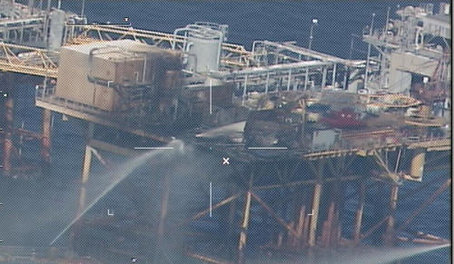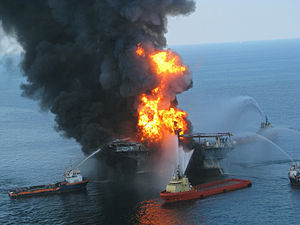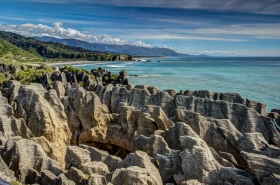http://www.businessweek.com/articles/2013-11-14/2014-outlook-gulf-of-mexico-oil-patch-gushes-again
By Edward Klump November 14, 2013
The Gulf of Mexico has been left for dead more than once over the past half-century. It’s now roaring back to life with at least 10 recent mega-discoveries that have renewed oil explorers’ enthusiasm for the region. Billions of dollars are being poured into new wells in the ultra-deep waters off Texas and Louisiana, fueling a resurrection that could set a production record this decade and complete a recovery from the worst offshore oil spill in U.S. history.
In 2014, output from the deepest parts of the Gulf, where the water is more than 1,300 feet deep, will be equivalent to about 1.5 million barrels of oil a day, 15 percent more than this year, according to estimates by energy consultants Wood Mackenzie. By 2020, the firm says, the deepwater Gulf, which accounts for about half the Gulf’s 252,000 square miles of federal waters, is expected to produce an average of more than 1.9 million barrels a day, a new high. “Investors should not sleep on the Gulf of Mexico,” says Brian Youngberg, an analyst with Edward Jones in St. Louis. “Onshore shale is obviously the main driver in the growth in U.S. production, but going forward, the Gulf of Mexico should start contributing to that.”
U.S. crude production has surged in recent years, largely because companies used hydraulic fracturing and advanced drilling technology to open onshore shale formations. Now producers including Chevron (CVX), Royal Dutch Shell (RDS/A), and Anadarko Petroleum (APC) are preparing to surpass the Gulf’s 2009 peak; production collapsed after BP’s (BP) 2010 spill. That disaster, and the five-month drilling moratorium that followed, led to an exodus of rigs and drilling equipment as regulators bolstered safety requirements. As large oil companies have begun drilling again, so has BP, which remains a major operator in the deep Gulf. It was the biggest producer there in 2012 and has ownership stakes in more than 650 leases.
In the late 1970s energy companies began referring to the Gulf as “the Dead Sea.”
Shallow-water wells drilled decades earlier were tapering off, and the industry lacked the technology to find oil in the deeper waters. New seismic equipment has since let explorers see through once-opaque layers of rock. Engineering innovations enable companies to lower their drills through 10,000 feet of water to the seabed. There the drills penetrate 5 miles into the earth’s crust, where temperatures are hot enough to boil water and high pressures approach the weight of four cars resting on one square inch. That seismic and drilling technology has improved even since the 2010 oil spill, allowing ventures into deeper and deeper waters.
Chevron, with a company-record five rigs drilling, is among the most bullish. The company expects its $7.5 billion Jack/St. Malo platform to begin producing oil and gas in 2014, with a long-range target of 177,000 barrels per day. Other deep-water projects that may begin producing in the Gulf next year include Anadarko’s Lucius, Hess’s (HES) Tubular Bells, and Murphy Oil’s (MUR) Dalmatian. Gulf projects can cost $15 billion for infrastructure, wells, and facilities, and take more than a decade to bring into production.
The U.S. Department of the Interior estimates the Gulf has 48 billion barrels of oil yet to be discovered. “What catches our attention,” says Robert Ryan, vice president for global exploration at Chevron, “is the potential-billions of barrels right in our own backyard.”
Special thanks to Richard Charter


